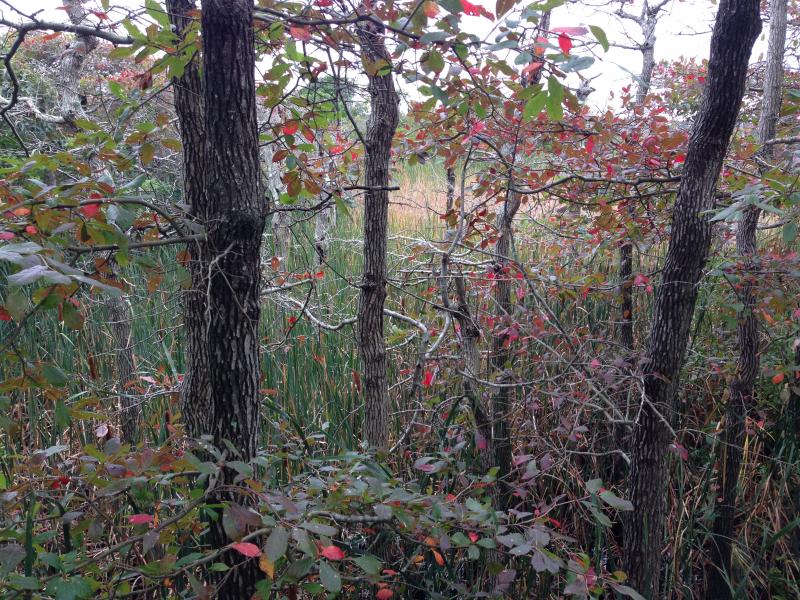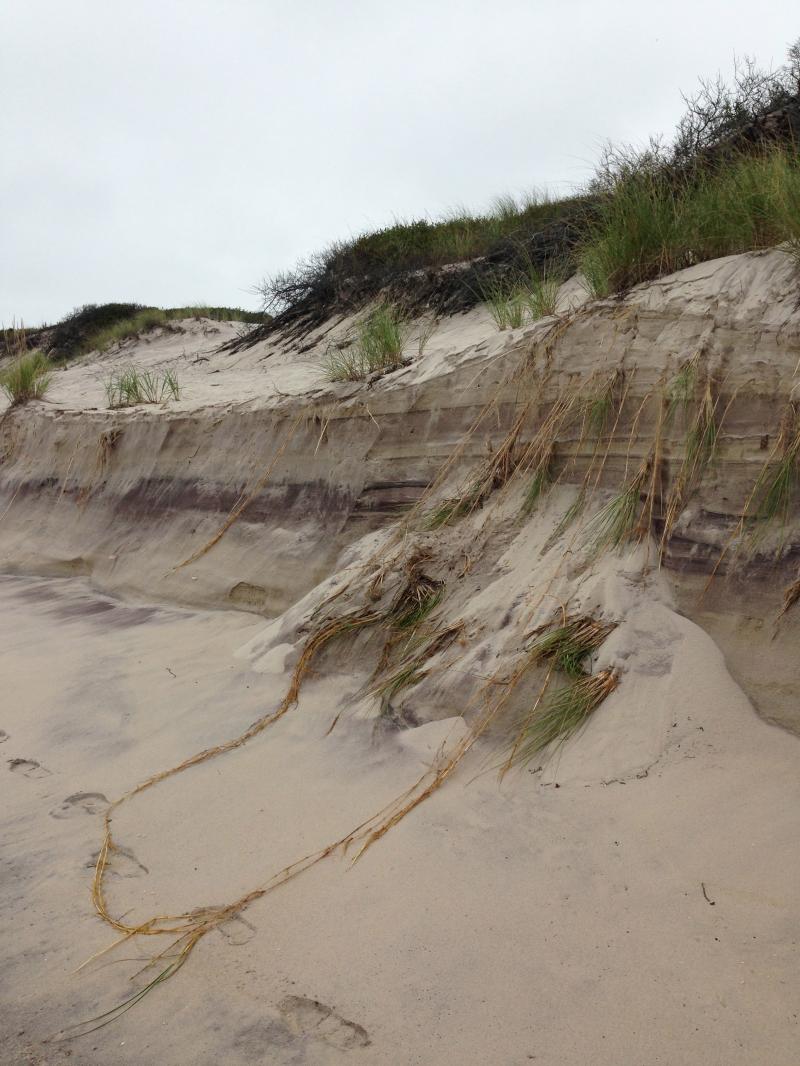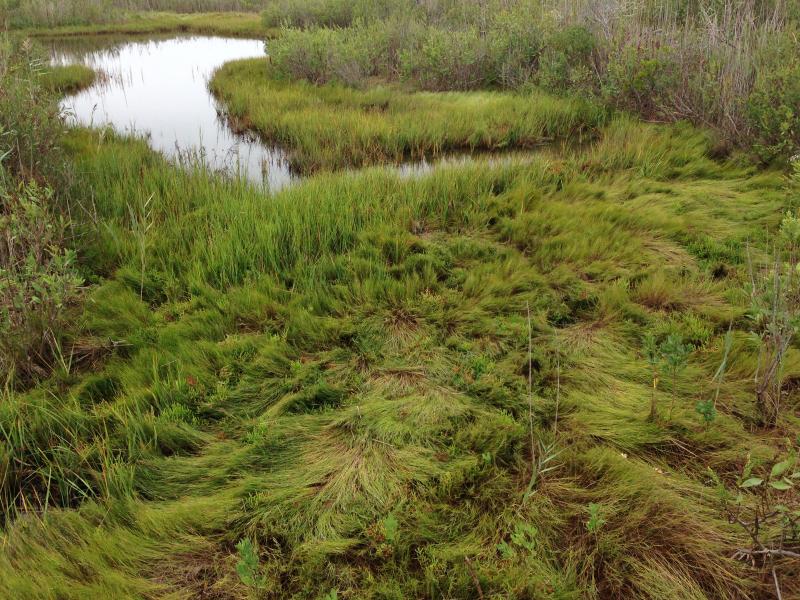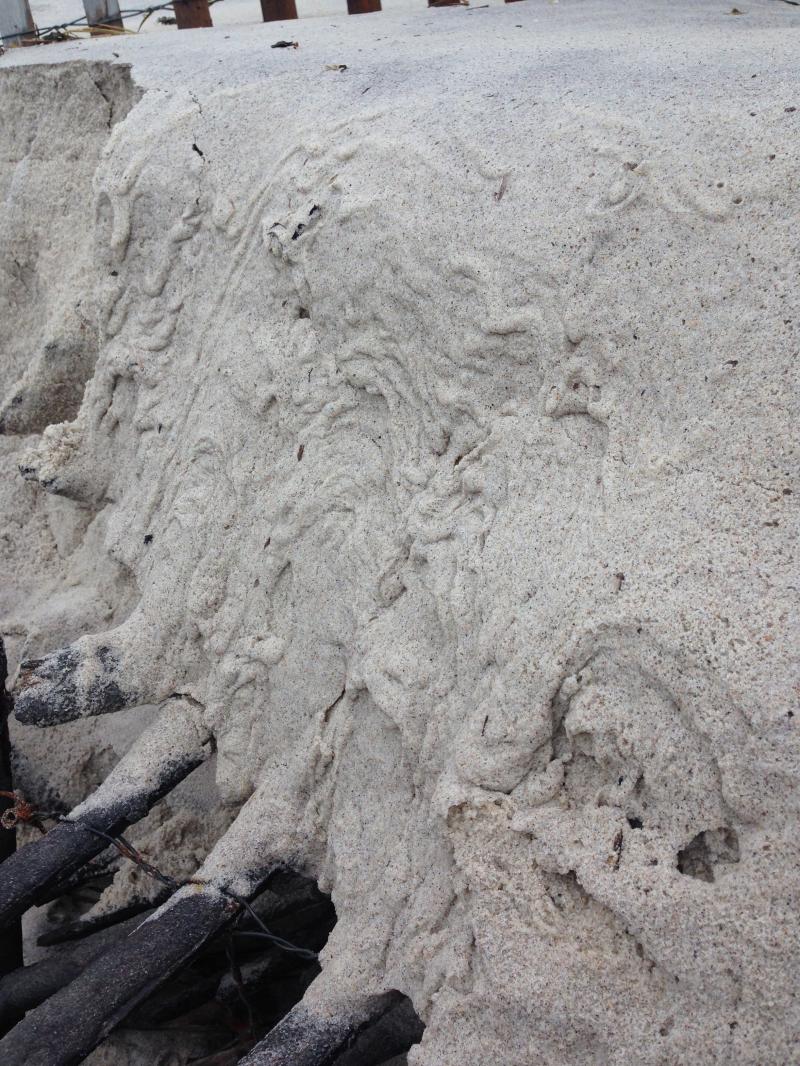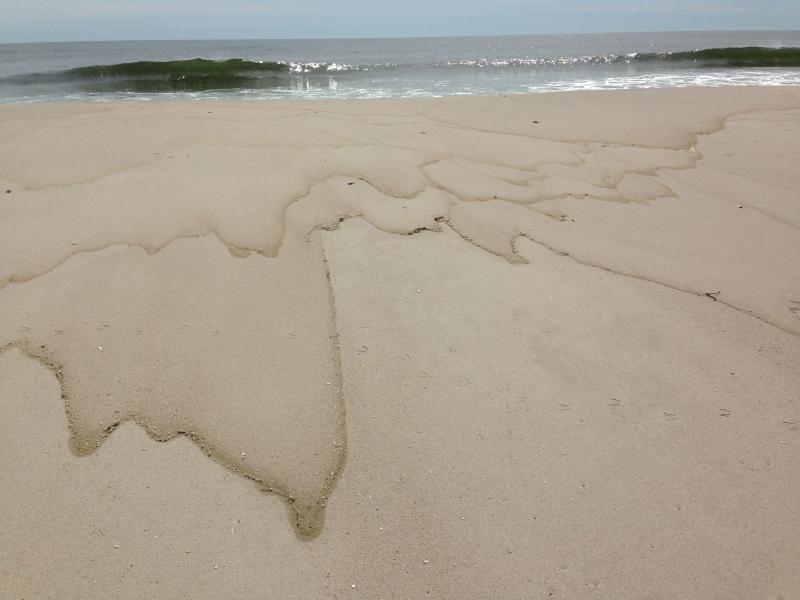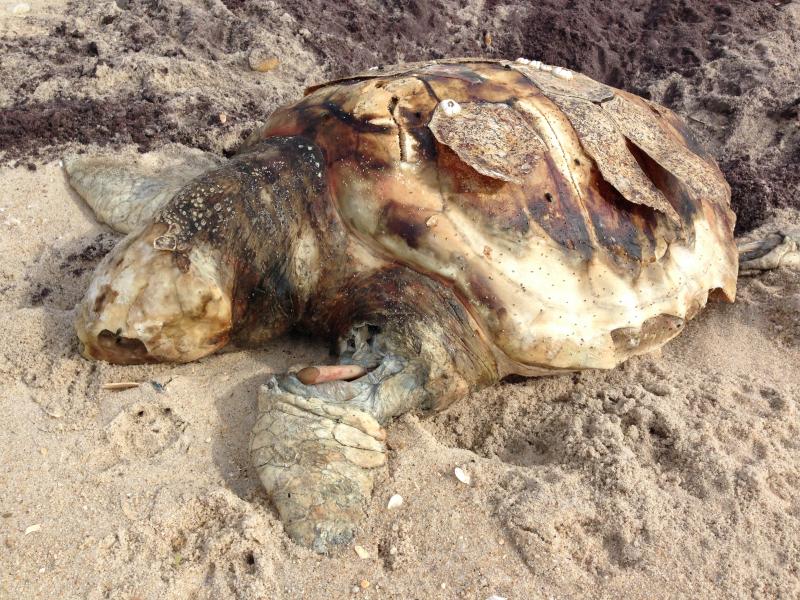- home
- news
- scuola internazionale di grafica residency
- trim inversion
- art farm residency
- fire island residency
- skin to skin
- chance shadows
- estocástico
- brentwood boxes
- fjellerup residency
- bay colors
- records del moli
- laid lines
- timepiece
- obsessive decorum
- vessels
- drawing specimens
- california-alentejo
- allegiance
- new york times
- bridges
- nothando's journey
- texts for elena
- workshops
- blog
Residency at Fire Island National Seashore - 09/18/16 - 10/02/16
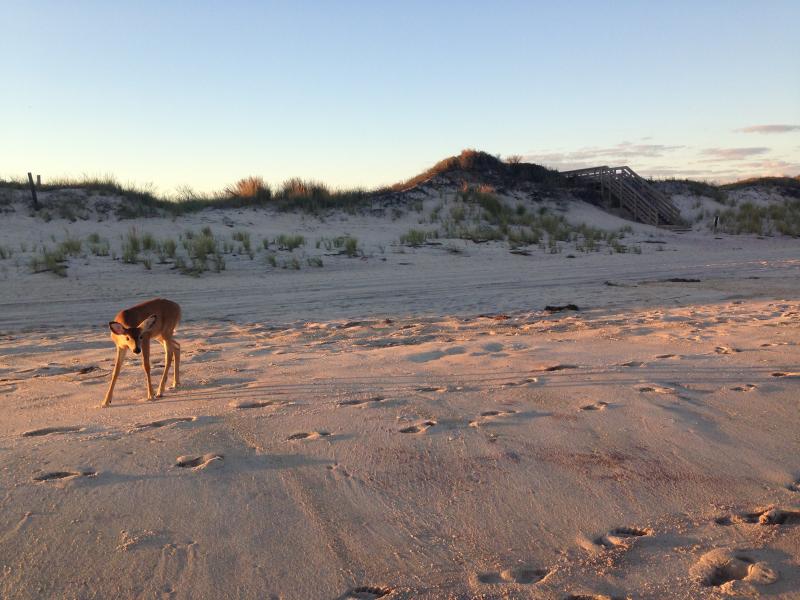
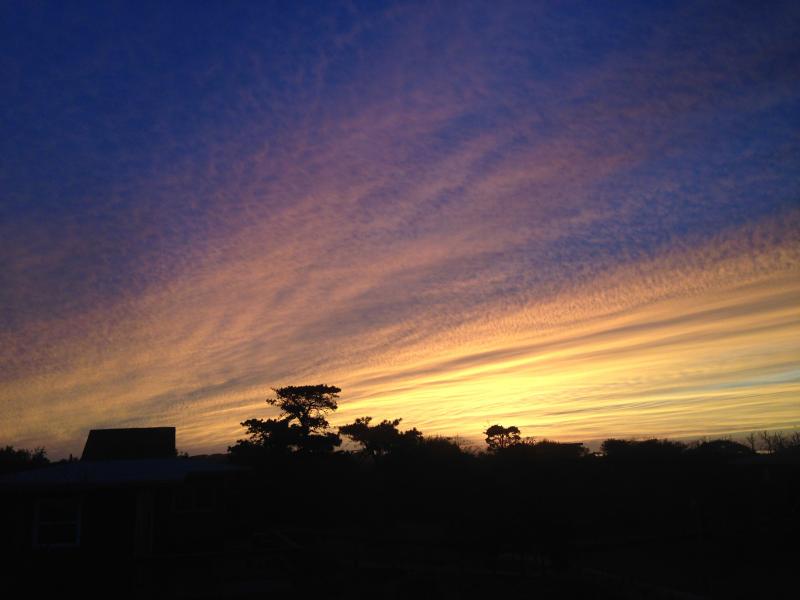
Works produced during the residency:
la querencia: Fire Island meditations 1-6, 2016
14 x 10 in each, series of 12 (Installation variable)
ink and pastel on paper
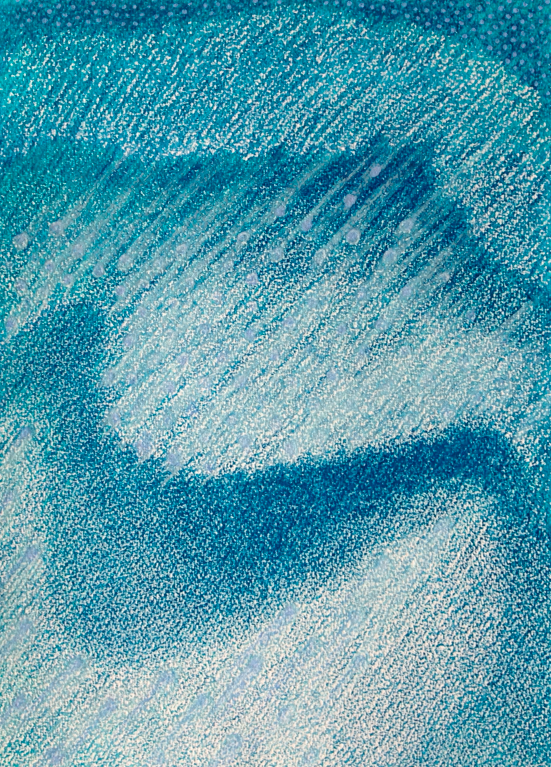
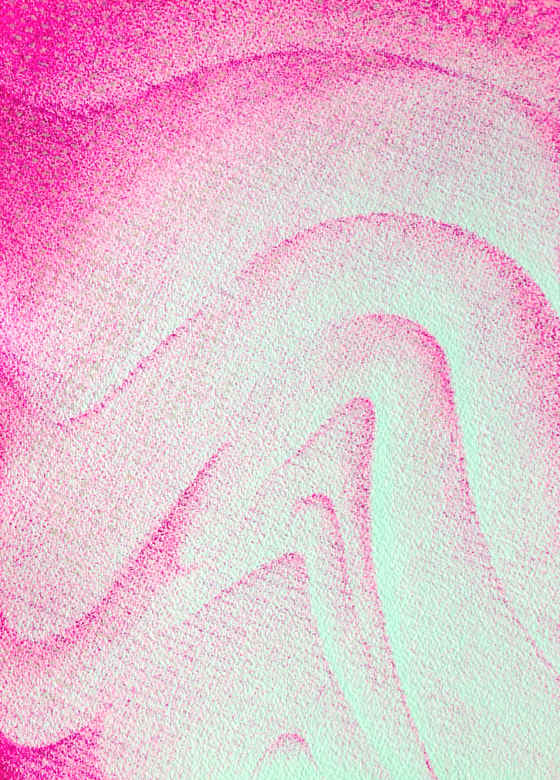
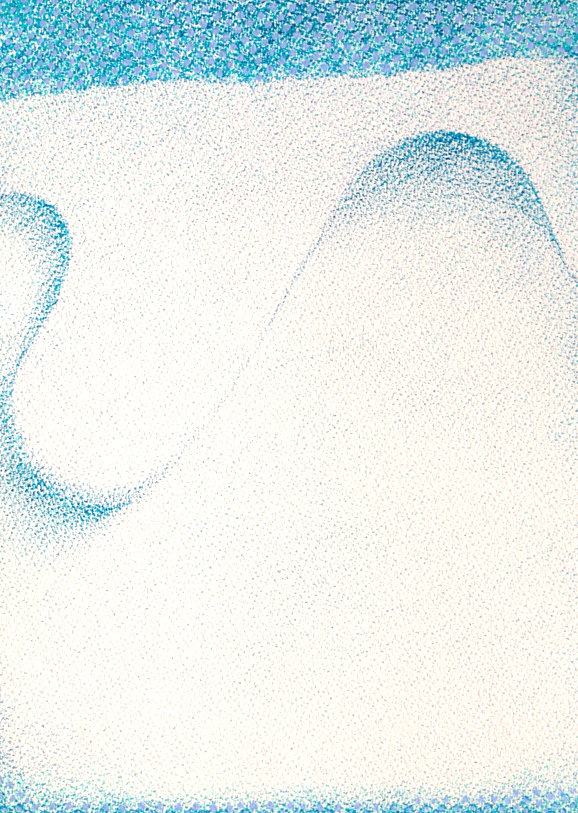
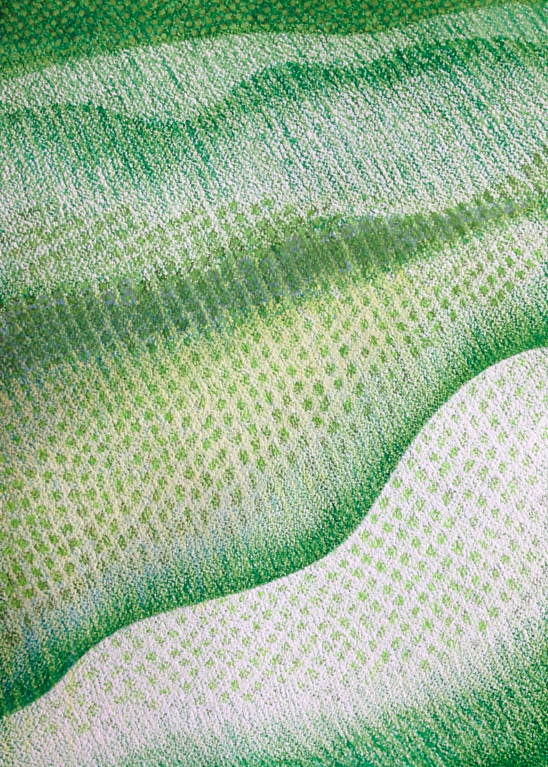
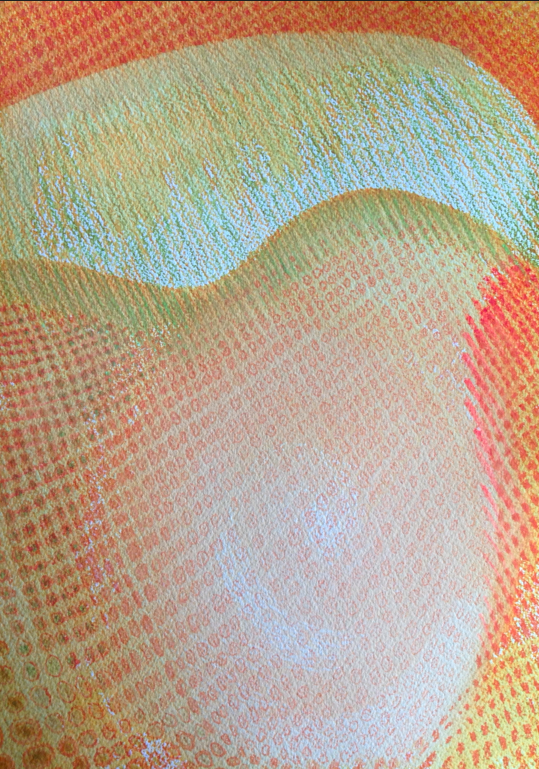
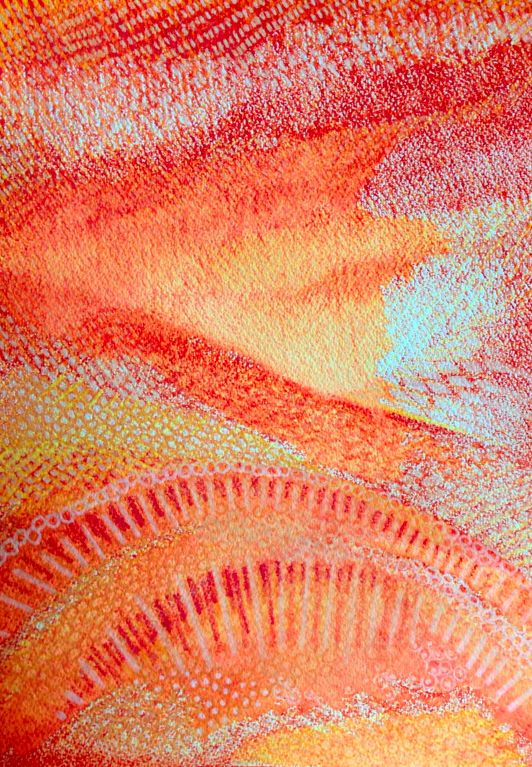
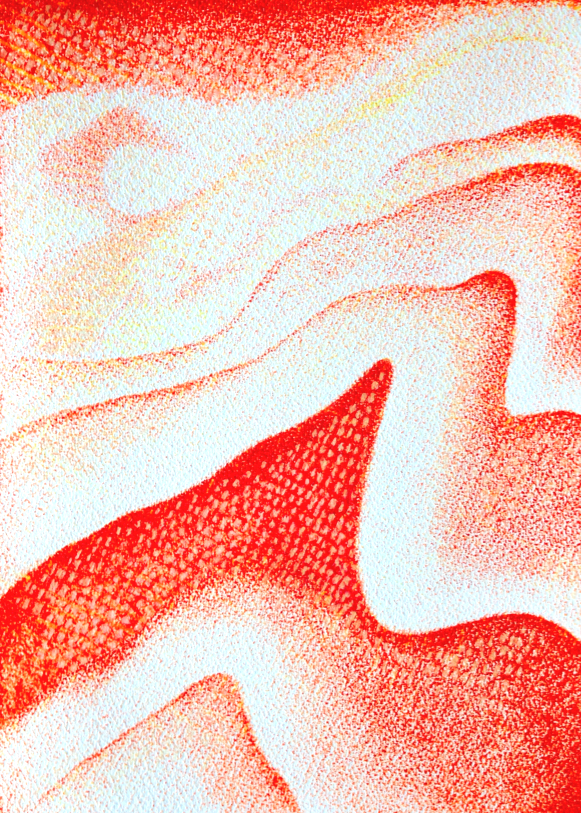
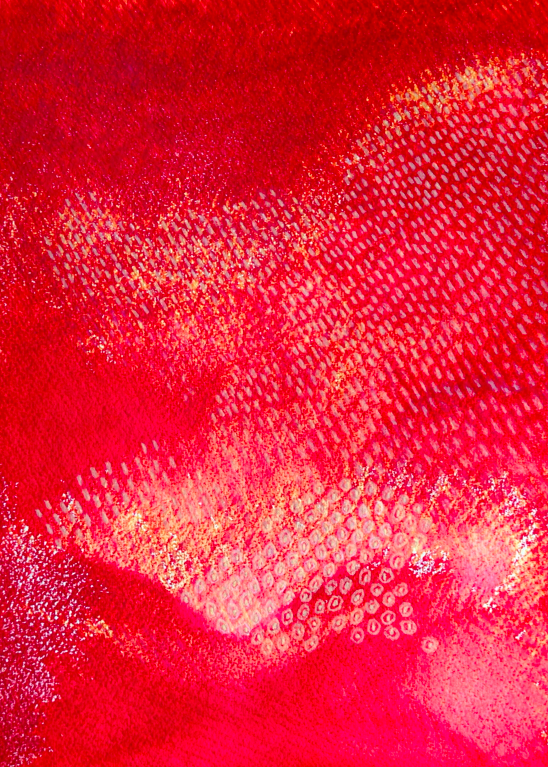
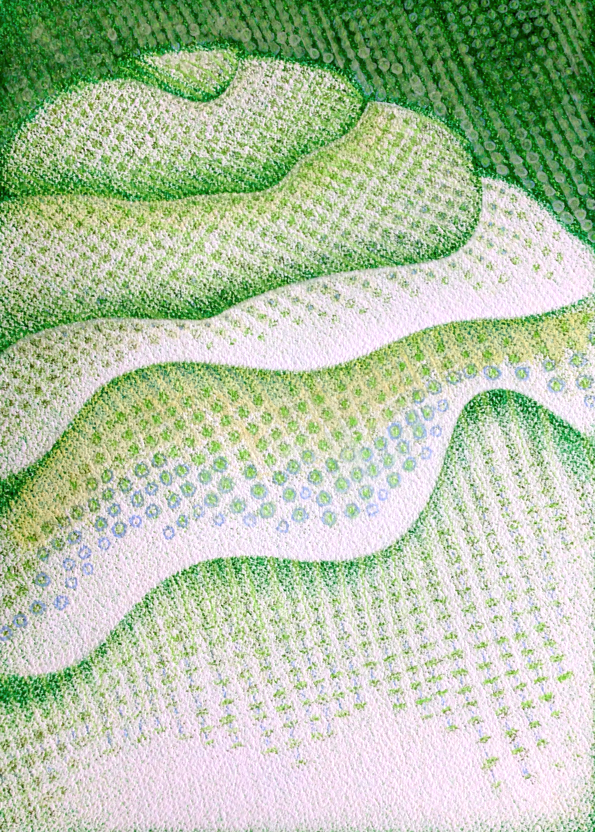
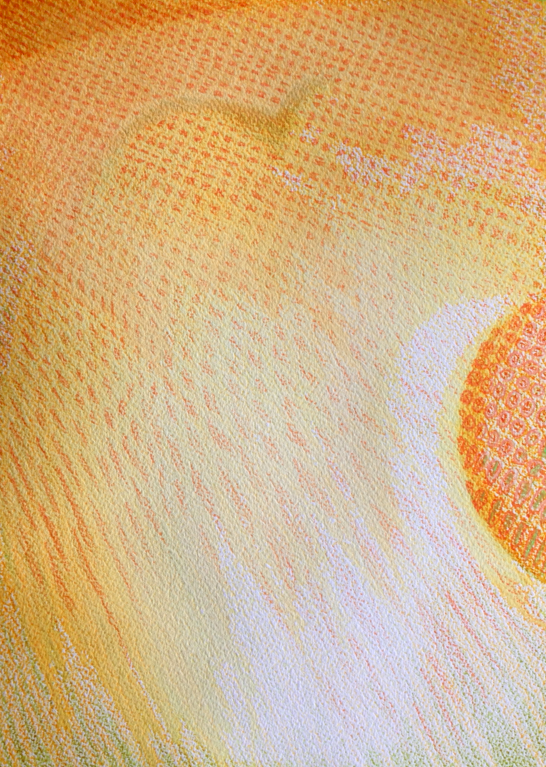
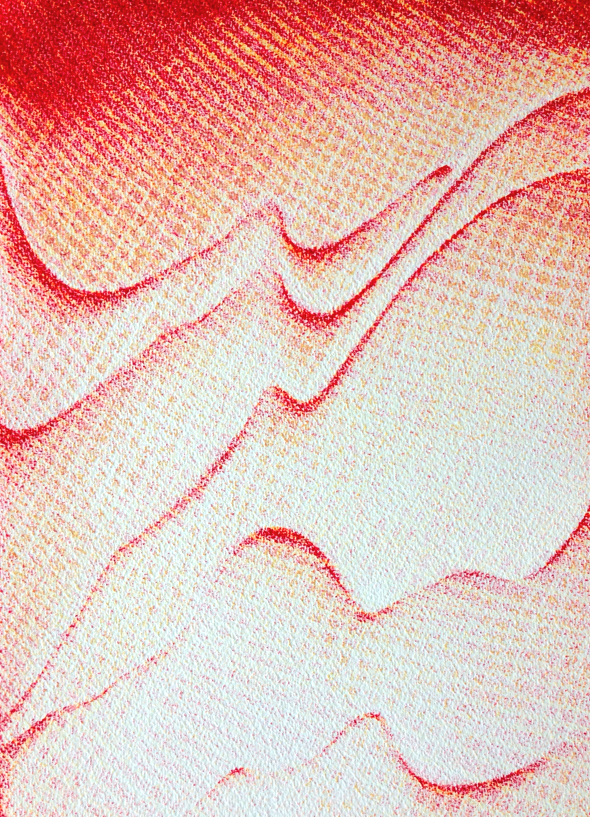
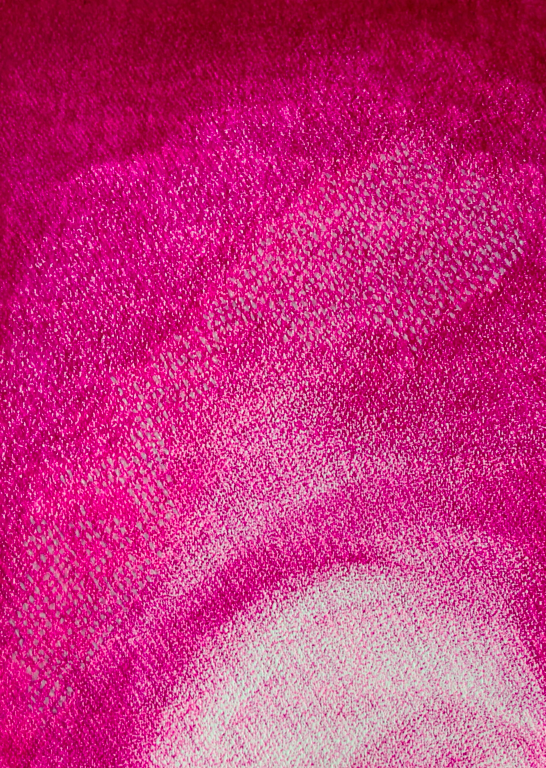
I arrived on Watch Hill September 18th with the last ferry of the season; the solitude was ovewhelming and addicting. Each morning, I would sit down with one color change felt-pen, one pastel pencil, and two 14 x 10 in pieces of watercolor paper and begin to simply make lines on the paper, over and over, from top to bottom. Listening to ambient sounds (the sea, the wind, the rain, crickets) I would continue making lines until the ink had run out. Like seeing images in clouds, forms and lines would appear; the distribution of values representing the logic of sand, wave, or storm cloud formations.
As I drew, the Spanish proverb, la cabra siempre tira al monte or "the goat always heads to the mountain" kept coming to mind. I learned this phrase while studying papermaking in Spain. Why devote my life to handpapermaking, an obsolete practice with no economic return at high physical cost? Because "the goat always heads to the mountain" - something deep inside of us drives our actions if we care to listen.
This "something" has a name in Spanish with no direct English translation: la querencia. Wikipedia defines, "a place where one feels safe, a place from which one's strength of character is drawn, a place where one feels at home." La querencia is the territory from which a bull makes his stand in the bullring; it is the place towards which Don Quixote's Rocinante heads so instinctually her feet hardly touch the ground. As I drew - without knowing what I was drawing, my only goal being to run the pen out of ink - I felt there was a communication between my ears, hands, and eyes that bypassed the higher centers of my brain, like the messages passed through the spinal cord when you trip and catch yourself before even realizing you'd lost your footing.
I also chose to entitle the series la querencia rather than the English translation of la cabra siempre tira al monte, because this phrase is most frequently translated to "a leopard cannot change his spots." Dig a little deeper, and one quickly runs into an avalanche of Othering and systemic racism. The origin of this phrase is from the Bible, Jeremiah 13:23, "Can the Ethiopian change his skin, or the leopard his spots?" A.A. Roback, a Polish American psychologist, declares this phrase to be the "first recorded slur" in his A Dictionary of International Slurs (1944), and his conclusion is cited by Thomas F. Gossett in his much lauded Race: The History of an Idea in America (1963, 1997). As recently as February 15th, 1904, Zion's Watch Tower uses this phrase as the raw fundament to claim that all men could be "brought to perfection... God can change the Ethiopians skin in his own due time." The article goes on to celebrate that a "negro boy of nine years, began to grow white in September, 1901, and is now fully 9/10 white."
In turning toward that which draws from deep inside - not that which condemns to a life subordinate - maybe these drawings describe the outward contours of my querencia, a place common to all, yet whose accessibility is denied to some and privileged to others.
Fire Island little battlements 1-5
4 x 6 in each, series of 5
sand on handmade abaca/cotton blend paper
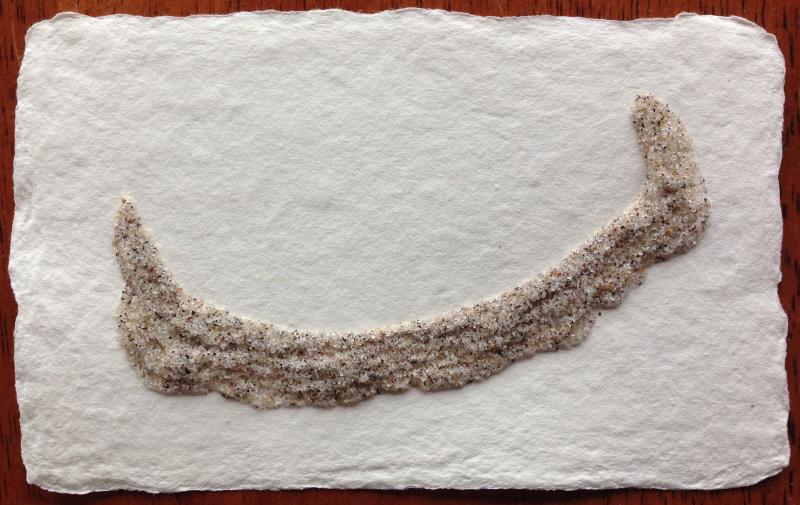
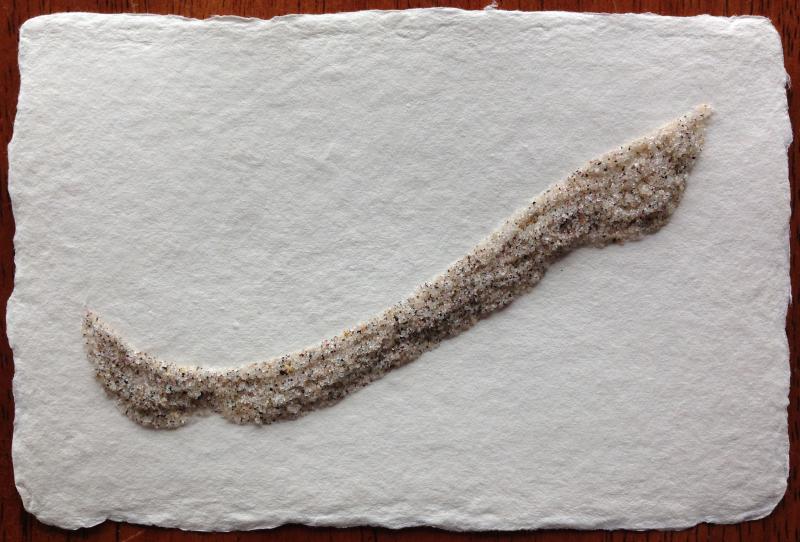 Maid's cuff Wife's neckline
Maid's cuff Wife's neckline
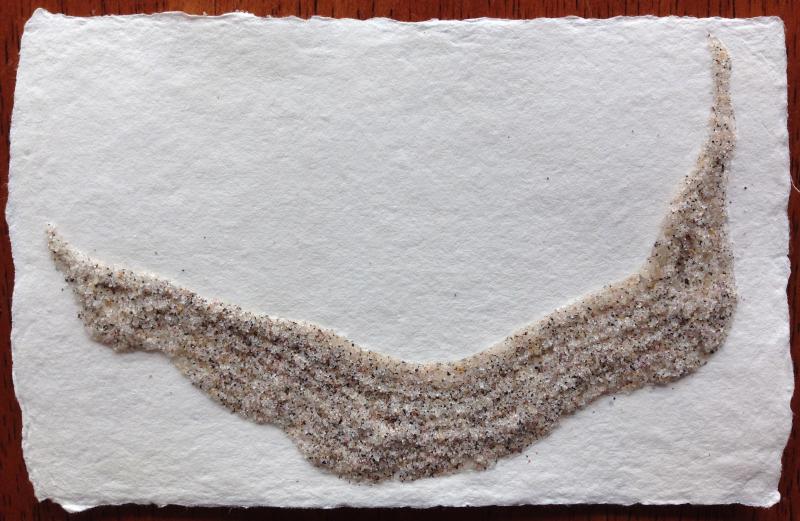
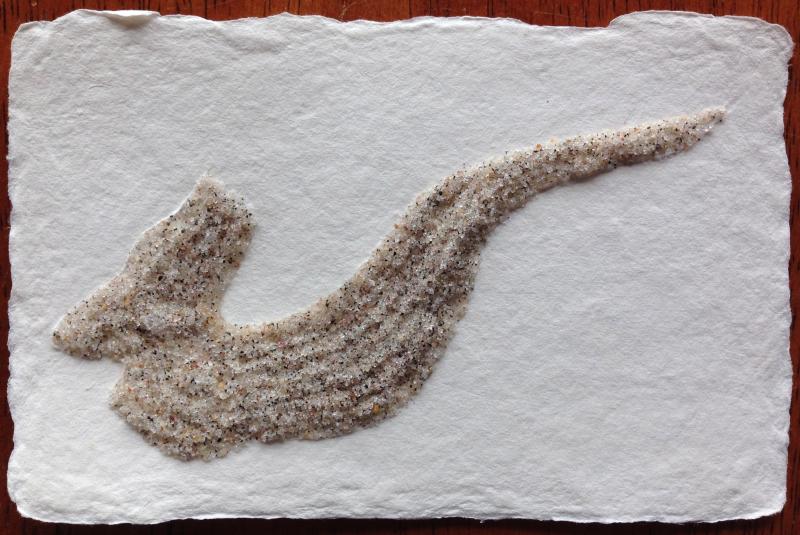 Husband's cuff Daughter's neckline
Husband's cuff Daughter's neckline
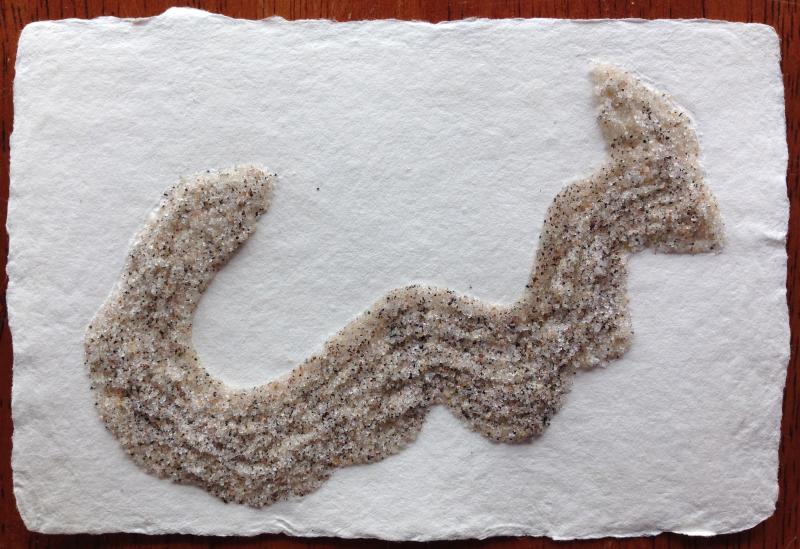
Wife's cuff
During long walks along the Fire Island seashore, I felt awestruck by the incredible burden placed on Fire Island - an accumulation of an inconceivable amount of weightless sand grains forming a barrier for the relentless pounding of the Atlantic -, and how something so fragile could be tasked with a responsibility so great. I began thinking of lace, how it's fragile threads form the barrier between the aggressive outside and the intimate quiet of the skin under our clothes, and how the word for lace in Italian, merletti, can also be read to mean little battlements (battlement - merlo, forms the diminutive with -etto, becomes plural with -i).
On one such walk, I came to the Fire Island breach, a break in the sand barrier caused by super storm Sandy. Contemplating the increase in the number and severity of super storms and hurricanes brought on by climate change, and the Othering implicit therein as put forth by Naomi Klein and brought to my attention by Anna Lise Jensen, I began to think about colonialism, trade, the sea, sand, protection, and lace. I remembered the disturbing painting of George Clive - cousin to the founder of British India - and his family with an Indian Maid, by Sir Joshua Reynolds, which I had seen in the Staatliche Museen, Berlin two years prior. The lower position, down cast gaze, and truncation of the "Indian Maid" makes her subordination palpable. I observed the painting closer and noticed the fine, abundant lace around the wrist and necklines of Clive, his wife, and daughter, and the more modest lace around the arm of the maid. I decided to translate the painted shape of each passage of lace into a fragile barrier island of sorts, scratching into the paper surface and applying fine rows of sand, slowly laying down each row one after the other, building grain upon grain, until the shape matched that of the exposed lace in the painting: a mock up of a "little battlement" between... what? The violence of our colonial past and the sanitary denial some inheritors of the colonizer's legacy choose to believe? The desperation of an uncertain climatic future and the comfortable historical promise of a fantasized progress? The viewer can decide.
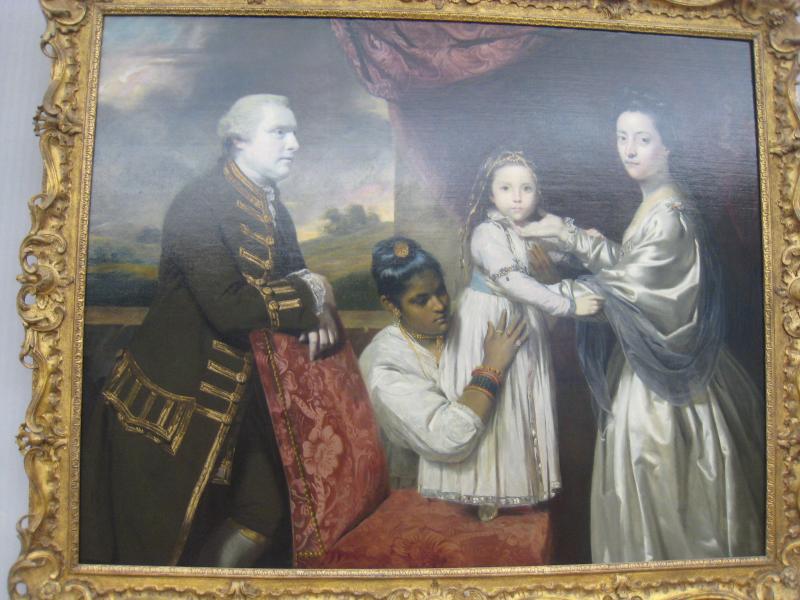
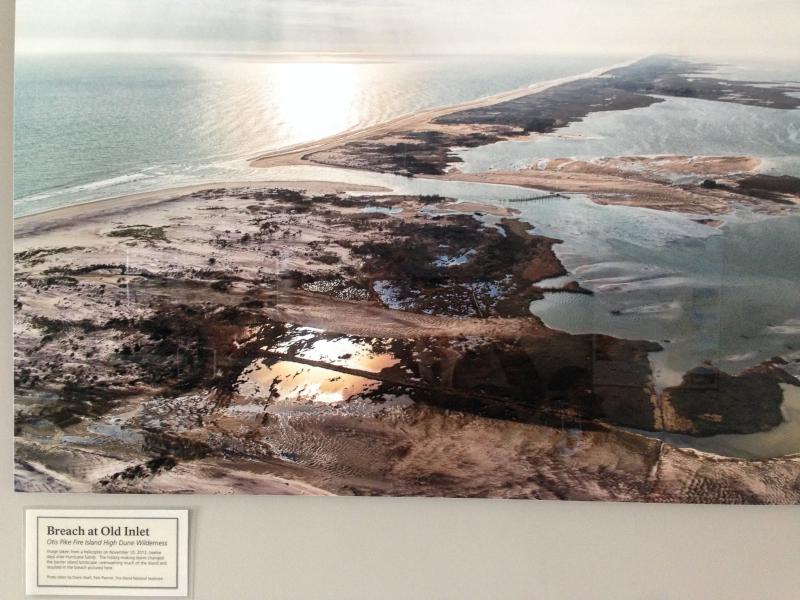
Fire Island inspirations:
